This Is Something Every Parent Should Be Aware Of
In today’s world, screens are an inseparable part of childhood online classes, video games, YouTube, and even homework often require them. As parents, we often notice when our kids complain of tired eyes after a long screen session. But what many don’t realise is that screen time isn’t just causing temporary eye fatigue, it may be silently impacting their vision long-term.
By understanding the risks early and taking a few proactive steps, you can safeguard your child’s most precious gift: their sight.
How Does Screen Time Affect Vision?
When children stare at screens for hours, their eyes are exposed to an unnatural demand:
- They blink less frequently (reduced by up to 60%, according to a study in BMC Ophthalmology), causing dryness and irritation.
- Their eye muscles stay focused at a close distance, leading to strain.
- Exposure to high-energy blue light can disturb sleep cycles and potentially harm retinal cells over time.
Common Short-Term Effects
You might already notice symptoms after your child’s screen sessions, such as:
- Dry, itchy, or burning eyes
- Blurred vision
- Headaches
- Difficulty focusing after screen use
- Light sensitivity
These symptoms together are called Digital Eye Strain (DES) or Computer Vision Syndrome.
Long-Term Vision Risks
Unfortunately, the risks don’t end at temporary discomfort. Here’s what recent PubMed-backed research warns about:
1. Increased Risk of Myopia (Nearsightedness)
A 2021 meta-analysis published in The Lancet Digital Health showed that excessive screen time, combined with reduced outdoor activity, is strongly linked to the rising epidemic of childhood myopia worldwide.
Myopia isn’t just about needing glasses—it increases the risk of serious eye problems later, such as:
- Retinal detachment
- Glaucoma
- Macular degeneration
2. Dry Eye Disease in Children
Once considered rare in children, dry eye disease is becoming more common. According to a study in PLOS ONE, extended screen exposure alters tear production and quality, leading to persistent discomfort and blurred vision.
3. Potential Blue Light Damage
Although still debated, some experimental studies suggest that prolonged exposure to blue light may damage the retina over time, contributing to age-related macular degeneration decades later.
4. Visual Processing Difficulties
Children exposed to excessive near-work (screens held close to the eyes) may develop difficulties in adjusting focus when shifting between near and far objects, impacting learning and sports performance.
Warning Signs Parents Should Watch For
- Squinting or rubbing eyes frequently
- Holding screens too close
- Complaints of double vision
- Taking longer to adjust focus when switching distances
- Avoiding tasks that require distance vision (e.g., playing outdoor sports)
If these signs persist, a visit to a pediatric ophthalmologist is essential.
How to Protect Your Child’s Vision: 7 Practical Steps
1. Follow the 20-20-20 Rule
Teach your child:
Every 20 minutes, look at something 20 feet away for at least 20 seconds.
This simple habit reduces eye strain dramatically.
2. Encourage Outdoor Play
At least 2 hours of outdoor time daily has been shown to reduce the risk of myopia progression, according to a study published in the Ophthalmology journal.
Natural sunlight and distant focusing relax the eye muscles.
3. Limit Recreational Screen Time
The American Academy of Pediatrics (AAP) suggests:
- Under 2 years: No screen time except video calls
- 2–5 years: 1 hour per day, co-viewed
- 6 years and older: Consistent limits and screen-free family time
4. Optimise Lighting
Avoid screen use in dark rooms. Ensure the screen brightness matches the room lighting to reduce eye strain.
5. Teach Proper Screen Ergonomics
- Screens should be held at least 18–24 inches away from the eyes.
- The top of the screen should be at or just below eye level.
- Encourage frequent blinking.
6. Use Blue Light Filters
Install blue light filtering software or use glasses with blue light protection, especially if your child uses screens at night.
7. Get Regular Eye Exams
Annual vision checks can catch early changes in prescription and eye health before they become serious problems.
A Gentle Word from a Health Advocate
Screens are an integral part of modern life; we can’t eliminate them, and honestly, we don’t need to. What we need is balance and awareness. By teaching kids healthy habits around screen use, we empower them to protect their own vision.
And remember, kids often won’t realise their vision is changing, they adapt to the blur! That’s why your role in spotting signs and encouraging healthy habits is irreplaceable.
Conclusion: Protecting Their Eyes Starts Today
Your child’s eyes are meant to last a lifetime. By creating a screen-smart environment at home and modelling good habits yourself, you can reduce their risk of long-term vision issues while still letting them enjoy the magic and convenience of the digital world.
It’s not about fear, it’s about empowerment, prevention, and love.
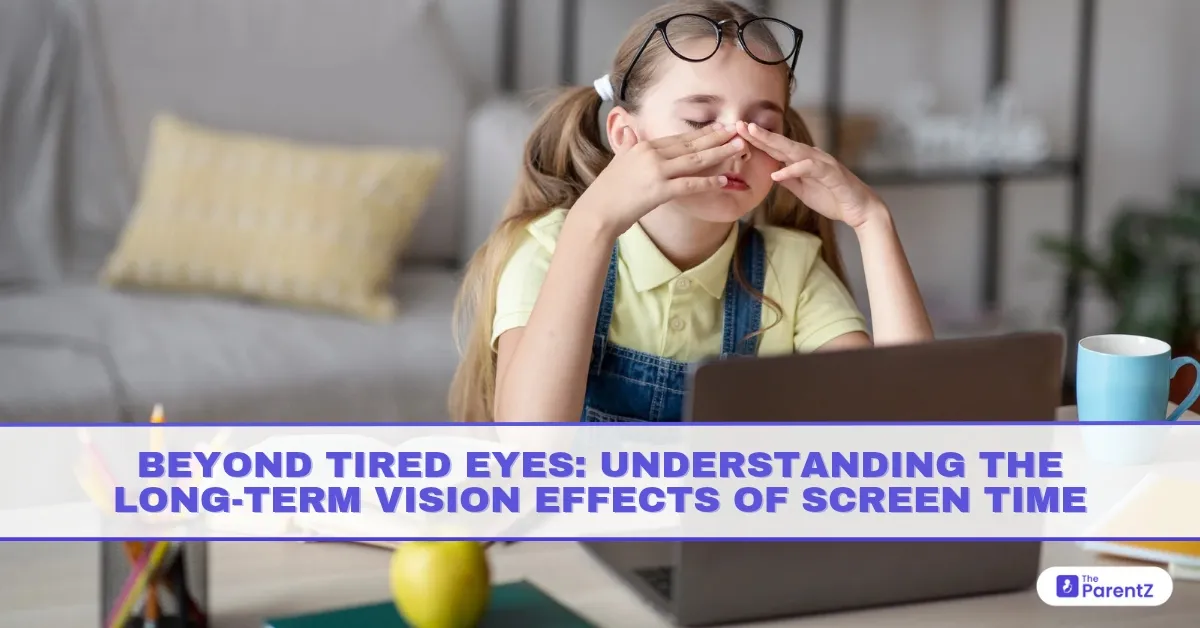

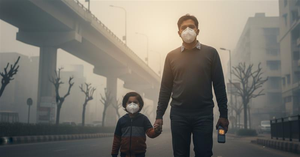

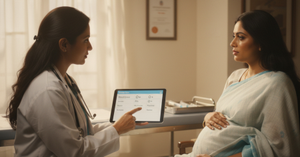
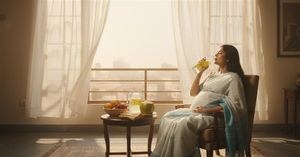
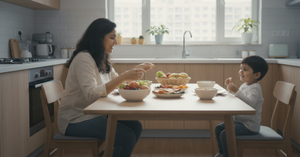
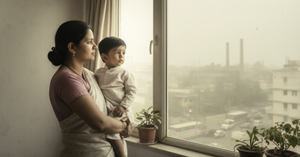
Be the first one to comment on this story.